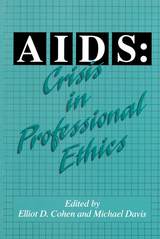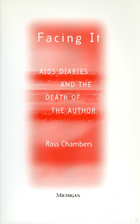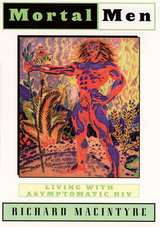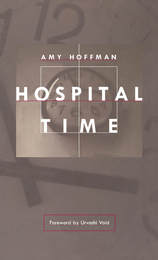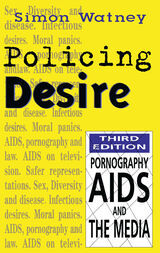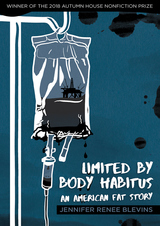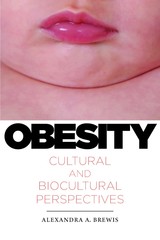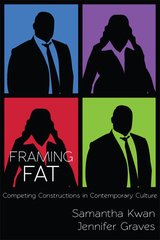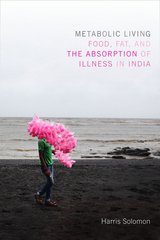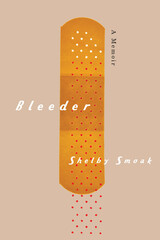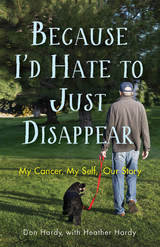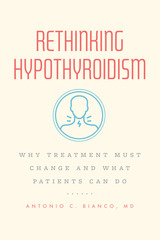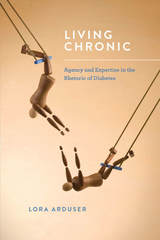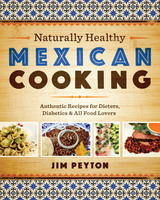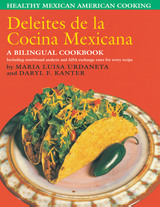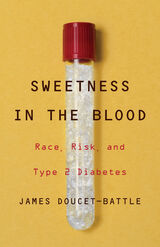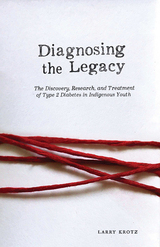Cloth: 978-0-674-80737-2
Library of Congress Classification RC641.7.S5E34 1986
Dewey Decimal Classification 614.591527
Each year one in four hundred births among black Americans is a baby with sickle cell anemia and a life expectancy of only twenty years. Fifty thousand Americans of all ages suffer from the disease, yet there is no treatment for the sickling of cells. This book is the first attempt to summarize all that we know about the historical and cultural roots of sickle cell anemia and the molecular details of how it attacks humans.
The discovery of the molecular basis of sickle cell disease is a riveting story that encapsulates many of the major events in the history of molecular biology. We now know that sickling is triggered by a mutation that alters hemoglobin molecules of the red blood cells. The high incidence of individuals of African descent with this mutation is linked to the slight resistance to malaria provided by the mutant hemoglobin.
But this volume tells more than the story of a disease. Stuart Edelstein recounts his personal experiences in Africa, where he conducted fieldwork among the Igbo of Nigeria. There he explored a possible relation between sickle cell anemia and the Igbo belief in ogbanje, the “repeater children” who are born, die young, and are reborn to the same parents. Sickling cells and “water in the blood,” as traditional healers describe the anemia, are implicated in the amputation of the end of the left little finger as part of a ritual to induce the ogbanje child to “stay.”
From such fascinating myths and practices the author proceeds to examine the evolutionary stages of the hemoglobin molecule in primates and how cells can become distorted into sickle shapes. These molecular aspects of the anemia provide the background for considering the latest efforts to diagnose and treat it. Although genetic engineering techniques may someday cure the disease, most current efforts are directed at developing antisickling drugs to modify the hemoglobin molecules. This engaging yet scholarly book blends cultural anthropology, linguistics, genetics, biochemistry, and medicine into a multifaceted look at a disease by a world-renowned expert on hemoglobin.
See other books on: Africa | Medical | Molecules | Myths
See other titles from Harvard University Press

